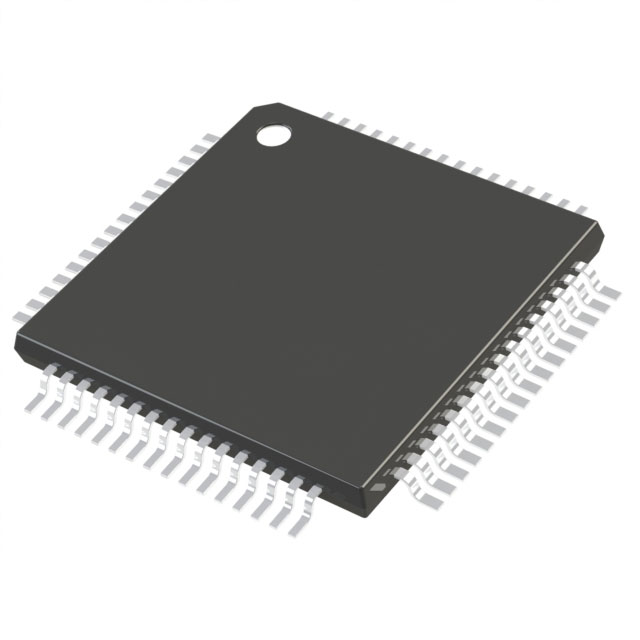

Microchip Technology
ATSAMD20J18A-AN
Microcontrollers




.png?x-oss-process=image/format,webp/resize,p_30)


ATSAMD20J18A-AN Description
The ATSAMD20J18A-AN is a microcontroller unit (MCU) from Microchip Technology. It is part of the SAM D20 family of ARM Cortex-M0+ based MCUs. The ATSAMD20J18A-AN is a high-performance, low-power device that is ideal for a wide range of applications.
Description:
The ATSAMD20J18A-AN is a 32-bit ARM Cortex-M0+ based MCU with a maximum CPU frequency of 48 MHz. It features 256 kB of flash memory, 32 kB of SRAM, and a wide range of communication interfaces, including USB, SERCOM (Serial Communication Interface), and I2C. The device also includes a range of peripherals, such as timers, ADC (Analog-to-Digital Converter), and DAC (Digital-to-Analog Converter), making it suitable for a variety of applications.
Features:
- ARM Cortex-M0+ processor with a maximum CPU frequency of 48 MHz.
- 256 kB of flash memory and 32 kB of SRAM.
- USB interface with support for host, device, and OTG (On-The-Go) operation.
- SERCOM interfaces for UART (Universal Asynchronous Receiver-Transmitter), SPI (Serial Peripheral Interface), and I2C communication.
- 12-channel ADC with up to 16-bit resolution.
- 2-channel DAC with 12-bit resolution.
- A range of timers, including low-power, multi-purpose, and watchdog timers.
- Support for capacitive touch sensing.
- Peripheral Chip Select (PCS) interface for external memory expansion.
- AES-128 and SHA-1 cryptographic acceleration.
Applications:
The ATSAMD20J18A-AN is suitable for a wide range of applications, including:
- Industrial control and automation systems.
- Medical devices and equipment.
- Portable and wearable devices.
- Home automation and IoT (Internet of Things) devices.
- Consumer electronics, such as smart appliances and portable gadgets.
- Automotive applications, such as infotainment systems and body control modules.
- Robotics and drones.
- Security systems and access control devices.
- Energy management and power monitoring systems.
- Data acquisition and signal processing applications.
The ATSAMD20J18A-AN's combination of performance, low power consumption, and a wide range of communication interfaces make it a versatile choice for embedded system designers.
Tech Specifications
ATSAMD20J18A-AN Documents
Download datasheets and manufacturer documentation for ATSAMD20J18A-AN
 SAM D20 Family Silicon Errata
SAM D20 Family Silicon Errata  ATSAMC2YYY 11/Oct/2017
ATSAMC2YYY 11/Oct/2017  SAM D20(E,G,J) Summary SAM D20 Family Complete Datasheet
SAM D20(E,G,J) Summary SAM D20 Family Complete Datasheet  Boxes 07/Dec/2016 MBB/Label Chgs 16/Nov/2018
Boxes 07/Dec/2016 MBB/Label Chgs 16/Nov/2018  ATSAMD20J18 Development Tool Selector
ATSAMD20J18 Development Tool Selector  SAM D20 24/Mar/2021 Datasheet Rev 18/Mar/2022
SAM D20 24/Mar/2021 Datasheet Rev 18/Mar/2022  Microchip CA Prop65 Microchip RoHS Microchip REACH
Microchip CA Prop65 Microchip RoHS Microchip REACH Relevant Search
Shopping Guide
















.png?x-oss-process=image/format,webp/resize,h_32)










